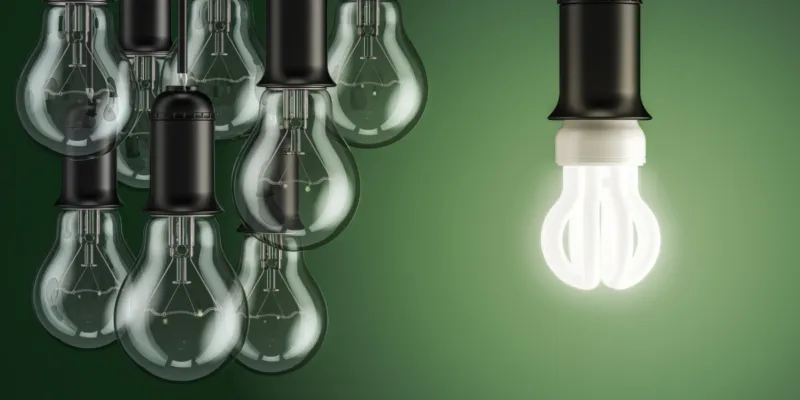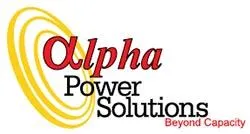
Business Electricity Tariffs Explained: Everything South African Business Owners Need to Know
Electricity costs are a significant concern for businesses in South Africa. Understanding electricity tariffs can seem daunting, but understanding these charges is crucial for effective cost management and operational efficiency. This guide demystifies the components of business electricity tariffs and offers practical strategies to help you reduce your energy expenses.
The Complexity of Electricity Tariffs
South Africa’s electricity tariff structure is intricate, with thousands of different tariffs imposed by various municipalities and Eskom. While the specific charges may vary, most tariffs share common elements that business owners need to understand to manage their electricity bills effectively.
Key Components of Business Electricity Tariffs
Grasping the main components of your electricity bill is the first step toward controlling your energy costs. Here are the primary charges you are likely to encounter:
Monthly Service Charge
This is a fixed fee charged every month, regardless of your electricity usage. It covers administrative costs such as meter readings, billing, and the maintenance of infrastructure like cabling and transformers. Since this charge is fixed, energy-saving measures won’t reduce it, but being aware of it helps you understand your baseline costs.
Power Consumption Charge
Based on the actual electricity you consume, the power consumption charge is measured in kilowatt-hours (kWh). Rates can vary depending on the time of day and the season, which is crucial for businesses to consider when planning operations.
Time-of-Use Rates
Electricity providers often employ time-of-use pricing to manage demand on the grid. Understanding these periods allows you to schedule high-energy activities during off-peak times to save on costs.
Peak Times: Periods of highest demand, typically with the highest rates.
Standard Times: Moderate demand periods with average rates.
Off-Peak Times: Low demand periods with the lowest rates.
Seasonal Variations
Rates can also differ between summer and winter months. During winter, when the grid is under more strain, peak-time rates may be significantly higher, incentivizing businesses to reduce consumption during these periods.
Demand Charge (Maximum Demand Charge)
The demand charge is based on the highest average power demand your business places on the grid during any 30-minute interval within the billing month. Measured in kilovolt-amperes (kVA), this charge reflects the capacity the utility must reserve to meet your maximum power needs. Reducing your maximum demand can lead to substantial savings.
Network Access Charge
Similar to the demand charge, the network access charge is calculated based on the highest power usage recorded during a 30-minute window over the past 12 months. It covers the costs of maintaining and upgrading the network infrastructure required to meet your peak demand. Changes you make to reduce demand will affect this charge, but the impact may only be seen after 12 months due to its rolling calculation period.
Reactive Power Consumption Charge
Some utilities impose a charge for reactive power consumed, measured in kilovolt-ampere reactive hours (kVArh). Reactive power is consumed by electrical devices which require a magnetic field for them to be able to operate, such as electric motors and transformers. . Businesses which have a large number of motors installed, consume a significant amount of reactive power, which can lead to significant reactive power charges.
Strategies for Reducing Electricity Costs
Understanding your electricity tariff components opens the door to targeted cost-reduction strategies. Here are effective measures you can implement:
Improve Your Power Factor with Correction Equipment
Installing power factor correction (PFC) equipment can significantly enhance the efficiency of your electrical system. By improving the power factor of your plant, you can:
Reduce Demand Charges: Lower your maximum demand by using electricity more efficiently.
Minimize Network Access Charges: Over time, a better power factor reduces the strain on the network, lowering these charges.
Eliminate Reactive Power Charges: Correcting your power factor can reduce or eliminate charges associated with reactive power consumption.
An improved power factor not only cuts costs but also extends the lifespan of your electrical equipment by reducing unnecessary strain.
Utilize Advanced Metering and Data Analysis
Investing in advanced metering systems provides real-time data on your energy usage, allowing you to make informed decisions. With detailed insights, you can proactively manage your energy consumption and address inefficiencies promptly.
Identify Wasteful Usage: Spot unusual consumption during non-operational hours, such as nights or weekends.
Monitor Power Factor: Keep track of your power factor to ensure it remains within acceptable ranges.
Receive Alerts: Set up notifications for anomalies or issues that require immediate attention.
Eliminate Wasteful Energy Practices
Reducing energy waste is one of the most straightforward ways to lower your electricity bills. Consider the following actions:
Conduct Energy Audits: Regularly assess your facility to identify areas where energy is wasted.
Upgrade to Energy-Efficient Equipment: Replace outdated machinery and lighting with energy-efficient models.
Implement Maintenance Programs: Regular servicing of equipment ensures it operates at optimal efficiency.
Train Employees: Educate staff on energy-saving practices and the importance of shutting down equipment when not in use.
By fostering a culture of energy consciousness, you can significantly reduce unnecessary consumption.
Shift Production to Off-Peak Times
Adjusting your production schedules to take advantage of lower off-peak rates can lead to substantial savings. This strategy involves rescheduling operations, implementing flexible work hours, or introducing night and weekend shifts. While this approach can reduce costs, it’s important to consider potential impacts on staff and product quality. Thorough planning and employee engagement are key to successful implementation.
Explore Renewable Energy Options
Incorporating renewable energy sources can reduce your dependence on the grid and lower energy costs. Installing photovoltaic (PV) systems, for example, allows you to generate your own electricity during daylight hours. Assess the feasibility of renewable energy for your business, considering factors like initial investment, space availability, and long-term savings.
The Role of Data in Effective Energy Management
Data is crucial for making informed decisions about energy usage. Without accurate information, it’s challenging to identify inefficiencies or measure the impact of cost-saving initiatives.
Benefits of Data-Driven Management
Having detailed energy consumption data enhances visibility into your operations, enabling you to:
Make Informed Decisions: Prioritize energy-saving investments based on actual usage patterns.
Track Performance: Monitor the effectiveness of implemented strategies over time.
Identify Trends: Recognize patterns that could indicate opportunities for further savings.
Consider partnering with energy management experts who can help interpret data and provide tailored solutions for your business.
Cultivating an Energy-Conscious Culture
Reducing electricity costs isn’t solely about technological upgrades; it also involves fostering a culture of energy awareness within your organization.
Engage Employees
Educate your staff about the importance of energy efficiency and involve them in the process. Encourage them to:
Adopt Energy-Saving Habits: Turn off equipment when not in use and report energy waste.
Participate in Initiatives: Get involved in energy conservation programs or committees.
Provide Feedback: Share ideas on how to improve energy efficiency in daily operations.
An engaged workforce can significantly amplify your energy-saving efforts.
Regular Review and Adaptation
Set clear energy efficiency goals and regularly review your progress. Use the data collected to:
Assess Effectiveness: Determine which strategies are working and which need adjustment.
Adapt Strategies: Be prepared to modify your approach based on findings and changing operational needs.
Celebrate Successes: Recognize and reward departments or teams that achieve significant energy reductions.
Continuous improvement ensures that your energy management practices remain effective and aligned with your business objectives.
Empowering Your Business Through Energy Efficiency
Understanding the complexities of business electricity tariffs empowers you to take control of your energy expenses. By implementing strategic measures—such as improving your power factor, leveraging advanced data analytics, eliminating wasteful practices, adjusting production schedules, and exploring renewable energy options—you can significantly reduce your electricity costs.
Taking a proactive approach not only cuts expenses but also enhances your business’s sustainability and competitiveness. Remember, the key to success lies in combining technological solutions with a culture of energy efficiency. Engaging your employees, continuously monitoring your progress, and being willing to adapt your strategies will ensure that your business remains energy-efficient and cost-effective in the long term.

